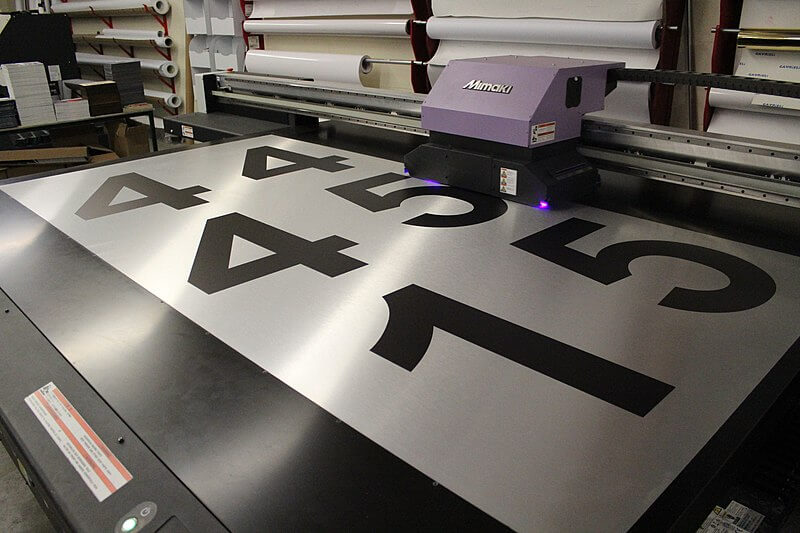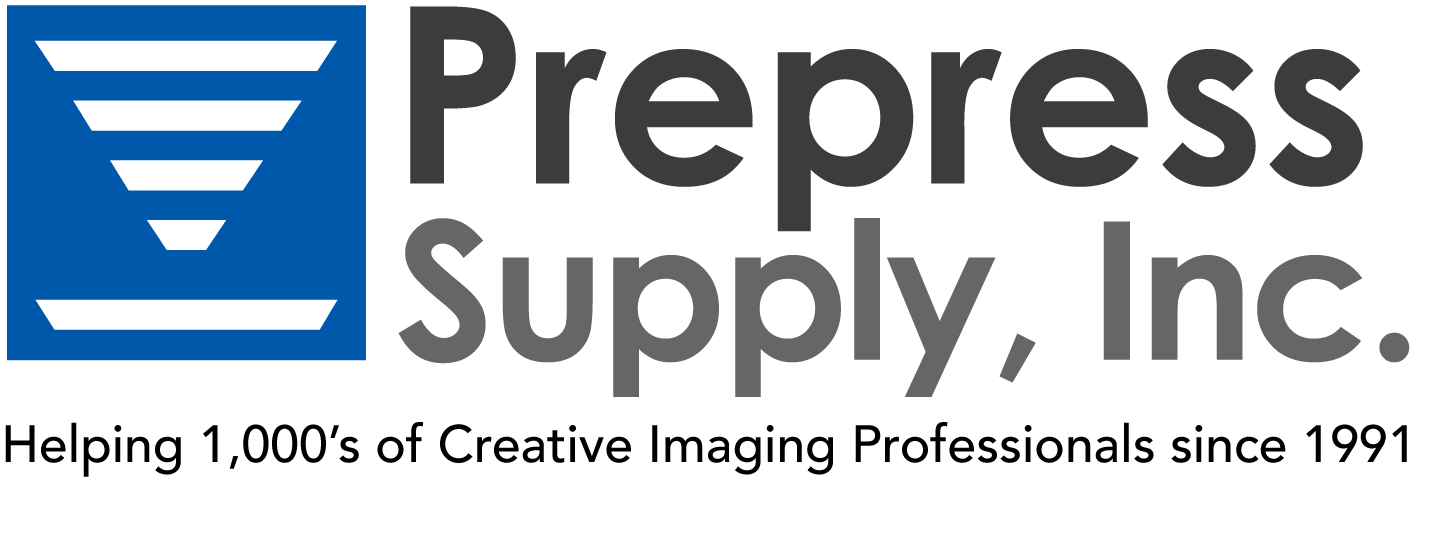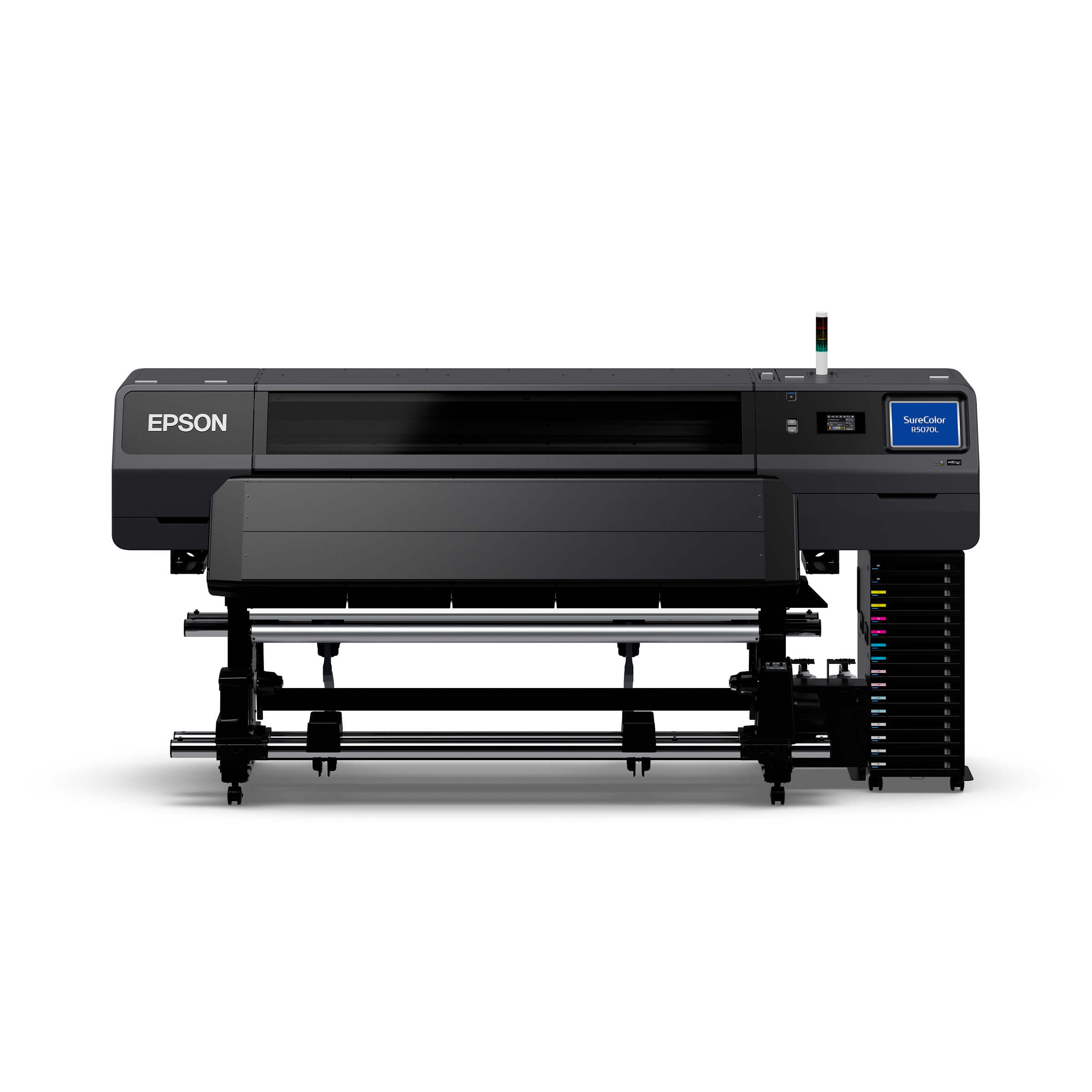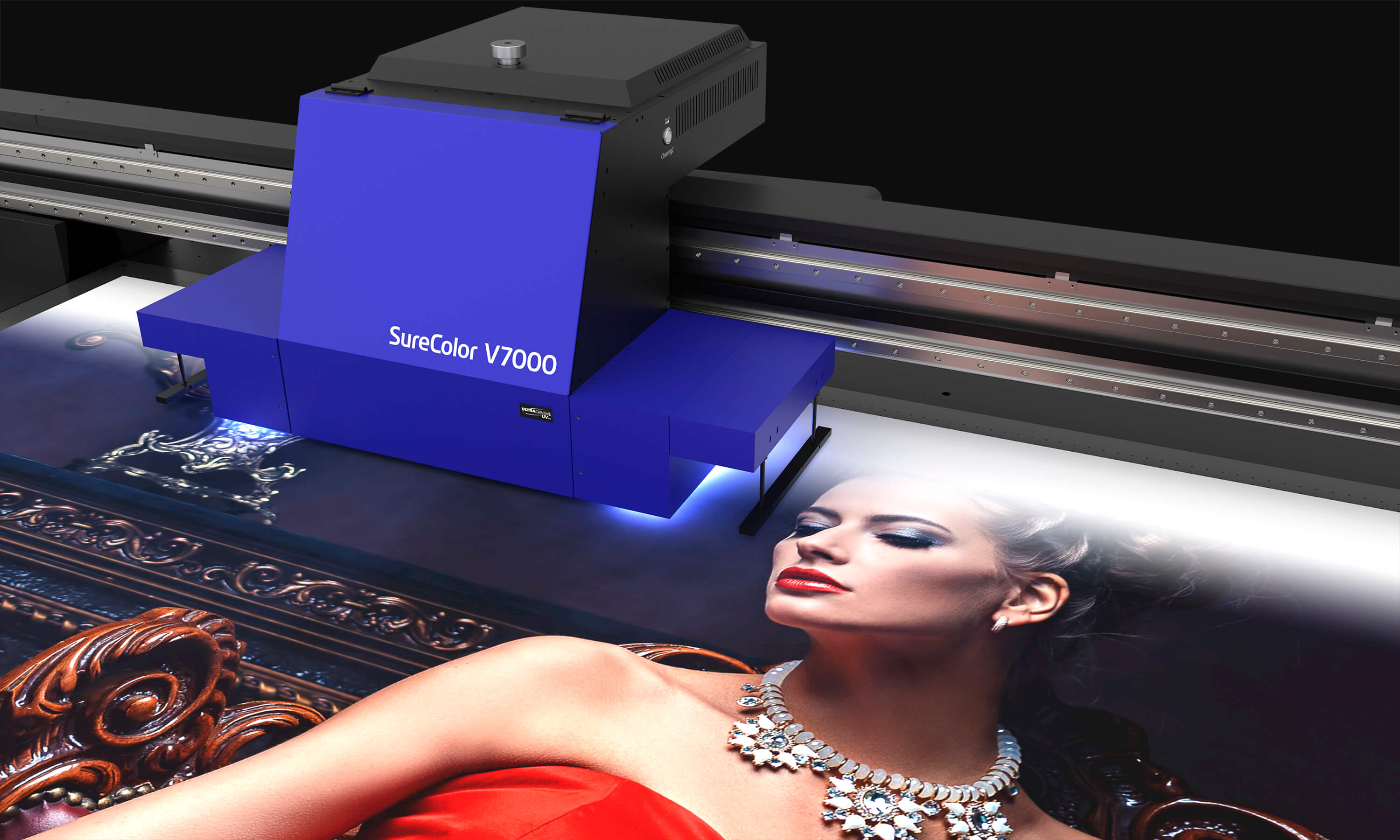Revolutionizing the Printing Industry: UV Flatbed Printing

In the ever-evolving world of printing technology, the transition from traditional methods of printing like screen and pad printing methods to UV flatbed printing has been nothing short of revolutionary. UV flatbed printers are changing the game by offering unprecedented flexibility, efficiency, and quality in the world of custom printing. In this article, we will explore how many in the printing industry are making the switch to direct printing on UV flatbed printers and why this transformation is causing waves of excitement within the industry.
The Age of UV Flatbed Printing
UV flatbed printing is a sophisticated and versatile digital printing technology that has rapidly gained popularity in various industries. This method allows for the direct application of ink onto a wide range of substrates, from plastics and glass to metal and wood. Unlike traditional printing methods that require multiple steps, UV flatbed printing is a one-step process that offers several advantages:
Enhanced Image Quality: UV flatbed printers are equipped with advanced printheads and UV-curing inks that produce vibrant and high-resolution prints. The ability to print directly onto substrates results in crisp and detailed images, capturing intricate designs and fine details with precision.
Versatility: These printers can handle an extensive array of materials, making them suitable for applications ranging from signage and promotional products to personalized gifts and packaging. This versatility allows businesses to expand their product offerings.
Speed and Efficiency: UV flatbed printers offer rapid printing speeds, reducing production times and increasing output. The UV ink dries instantly, eliminating the need for drying time, which is a significant advantage over traditional methods.
Cost-Effectiveness: Reduced setup times, minimal material waste, and the elimination of screen or plate costs make UV flatbed printing a cost-effective option for both short and long print runs.
Why Traditional Printers are Rapidly Adopting UV Flatbed Printing
Diversification of Services: Traditional printers are embracing UV flatbed printing to expand their service offerings. The ability to print on a wide range of substrates opens up new markets and customer bases. These printers can now cater to industries such as interior design, retail, and personalized merchandise.
Efficiency and Time Savings: The addition of and switch to UV flatbed printing streamlines the production process. Eliminating the need for screen setups or pad transfers reduces the time spent on each job, allowing for quicker turnaround times and increased productivity.
High-Quality Output: UV flatbed printers deliver stunning results with sharp and vibrant images. This high-quality output is crucial in industries where visual appeal and detail matter, such as product branding and interior decoration.
Eco-Friendly Printing: UV flatbed printing uses eco-friendly UV-curing inks that do not emit harmful volatile organic compounds (VOCs). This aligns with the growing demand for sustainable and environmentally conscious printing solutions.
Customization and Personalization: The flexibility of UV flatbed printers enables screen printers and pad printers to offer customized and personalized products, tapping into the rising consumer trend for unique and one-of-a-kind items.
Challenges and Considerations
While UV flatbed printing offers numerous benefits, it's essential to consider some challenges and factors when making the switch:
Initial Investment: UV flatbed printers can be costly, and businesses need to weigh the initial investment against the long-term benefits and potential revenue streams.
Training and Skill Development: Operators must undergo training to effectively use UV flatbed printers. This investment in skills development is crucial for maximizing the technology's potential.
Substrate Compatibility: Not all substrates are suitable for UV flatbed printing. Printers must carefully assess the materials they work with to ensure compatibility.
The printing industry is undergoing a remarkable transformation, with print professionals ranging from screen printers, pad printers to large-format roll-to-roll digital printers, quickly adopting UV flatbed printing. The advantages of enhanced quality, efficiency, versatility, and cost-effectiveness are driving this transition. As businesses continue to adapt to changing market demands and customer preferences, UV flatbed printers offer a pathway to growth and innovation in the world of custom printing. This shift represents a powerful example of how technology can revolutionize traditional industries, enabling them to thrive in a modern and dynamic market.


